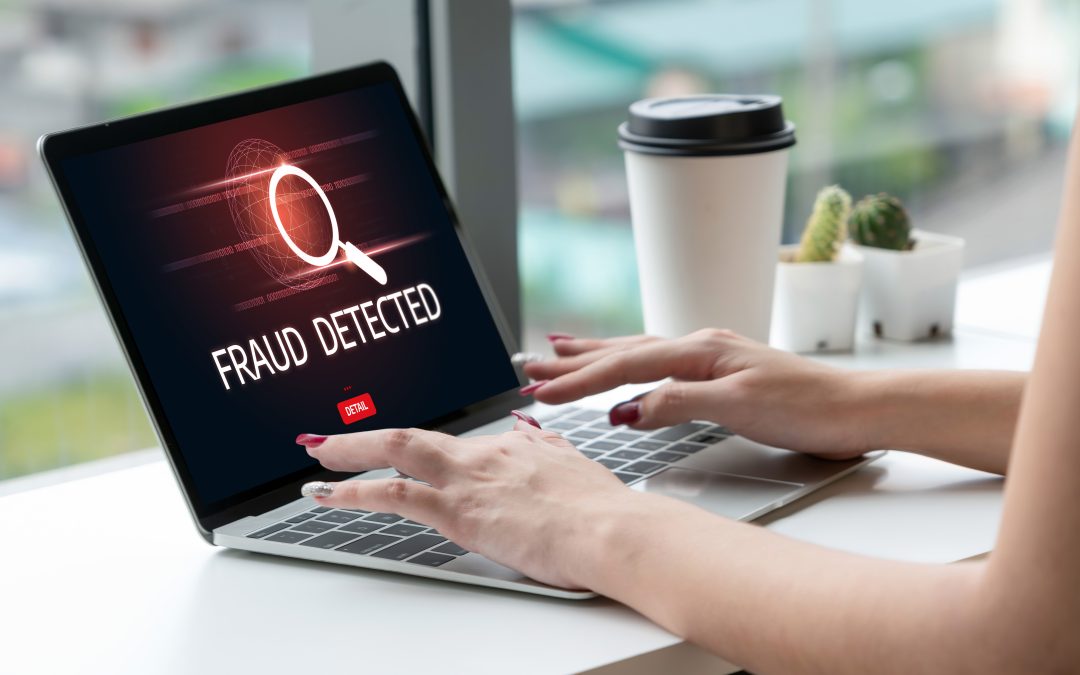In today’s digital landscape, cyber attacks have become increasingly sophisticated and frequent. As businesses rely more heavily on digital infrastructure, the importance of robust cybersecurity measures cannot be overstated. At ECITS, we understand the critical nature of protecting your digital assets, and we’re committed to helping you stay one step ahead of cybercriminals.
Whether you’re a small business owner or managing non-profit operations, implementing these five essential cybersecurity practices will significantly reduce your vulnerability to cyber threats.
1. Implement Multi-Factor Authentication (MFA) Everywhere
Multi-factor authentication is your first line of defense against unauthorized access. By requiring multiple forms of verification—something you know (password), something you have (phone), or something you are (biometric)—MFA makes it exponentially harder for attackers to breach your accounts.
Best practices for MFA implementation:
- Enable MFA on all business-critical applications and email accounts
- Use authenticator apps rather than SMS when possible, as they’re more secure
- Regularly review and update your MFA settings
- Train employees on proper MFA usage and troubleshooting
Studies show that MFA can prevent up to 99.9% of automated attacks, making it one of the most cost-effective security investments you can make.
2. Keep Software and Systems Updated
Cybercriminals often exploit known vulnerabilities in outdated software. Regular updates and patches are essential for closing these security gaps before they can be exploited.
Establish a comprehensive update strategy:
- Configure automatic updates for operating systems and critical software
- Maintain an inventory of all software and systems in your environment
- Test updates in a controlled environment before deploying to production systems
- Create a patch management schedule for non-critical updates
- Regularly audit and remove unused or obsolete software
Remember, the window between a vulnerability disclosure and active exploitation is shrinking. Staying current with updates is no longer optional—it’s essential.
3. Educate and Train Your Team Regularly
Human error remains one of the biggest cybersecurity risks. A well-informed team is your strongest defense against social engineering attacks, phishing attempts, and other human-targeted threats.
Develop a comprehensive security awareness program:
- Conduct regular phishing simulation exercises to test employee awareness
- Provide ongoing training on identifying suspicious emails and links
- Establish clear protocols for reporting potential security incidents
- Create easy-to-follow guidelines for password management and data handling
- Keep training materials current with emerging threat trends
Make cybersecurity awareness part of your company culture, not just an annual training requirement.
4. Backup Your Data Consistently and Securely
Data backups serve as your safety net when prevention measures fail. Whether facing ransomware, hardware failure, or natural disasters, having reliable backups ensures business continuity.
Follow the 3-2-1 backup rule:
- Maintain 3 copies of critical data
- Store backups on 2 different types of media
- Keep 1 backup copy offsite or in the cloud
Additional backup best practices:
- Test backup restoration procedures regularly
- Encrypt backup data both in transit and at rest
- Implement automated backup scheduling to eliminate human error
- Document your backup and recovery procedures
- Consider immutable backup solutions that cannot be altered or deleted
Regular testing is crucial—a backup that can’t be restored is worthless when you need it most.
5. Secure Your Network Infrastructure
Your network is the foundation of your digital operations. Implementing robust network security measures creates multiple barriers against potential intruders.
Essential network security measures:
- Deploy and properly configure firewalls to monitor incoming and outgoing traffic
- Use network segmentation to limit the spread of potential breaches
- Implement intrusion detection and prevention systems (IDS/IPS)
- Regularly monitor network traffic for unusual activity or unauthorized access attempts
- Secure Wi-Fi networks with WPA3 encryption and strong passwords
- Consider implementing Zero Trust network architecture for enhanced security
Network monitoring should be continuous, not reactive. Early detection of suspicious activity can prevent minor incidents from becoming major breaches.
Taking Action: Your Next Steps
Cybersecurity isn’t a one-time setup—it’s an ongoing process that requires attention, investment, and expertise. These five strategies form the foundation of a robust cybersecurity posture, but they’re most effective when implemented as part of a comprehensive security strategy.
At ECITS, we specialize in helping businesses like yours implement and maintain effective cybersecurity measures. Our team can assess your current security posture, identify vulnerabilities, and develop a customized protection plan that fits your business needs and budget.
Don’t wait for a cyber attack to take cybersecurity seriously. The cost of prevention is always less than the cost of recovery.
Ready to strengthen your cybersecurity defenses? Contact ECITS today to schedule a comprehensive security assessment and take the first step toward better protection for your business.






